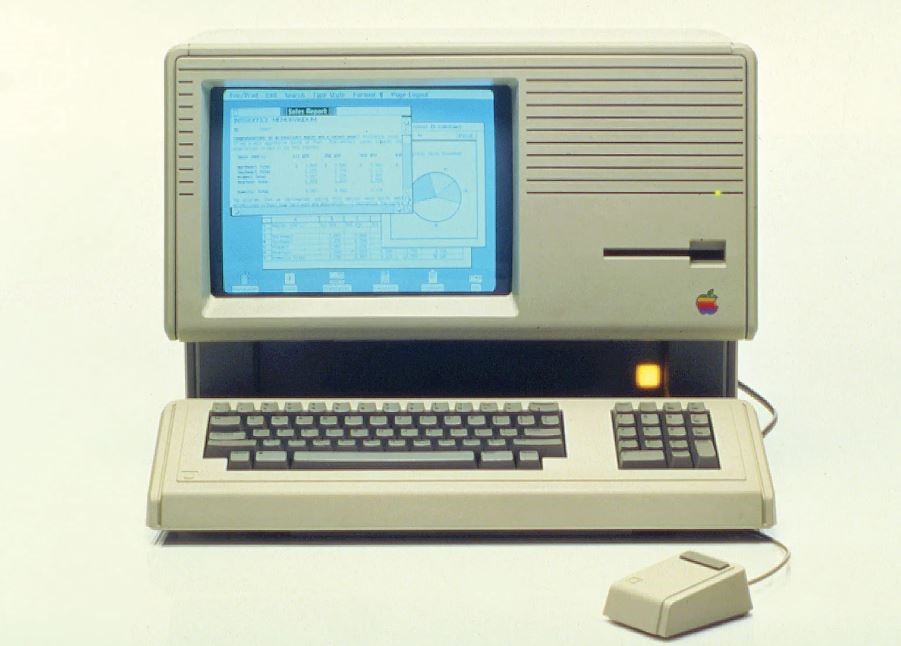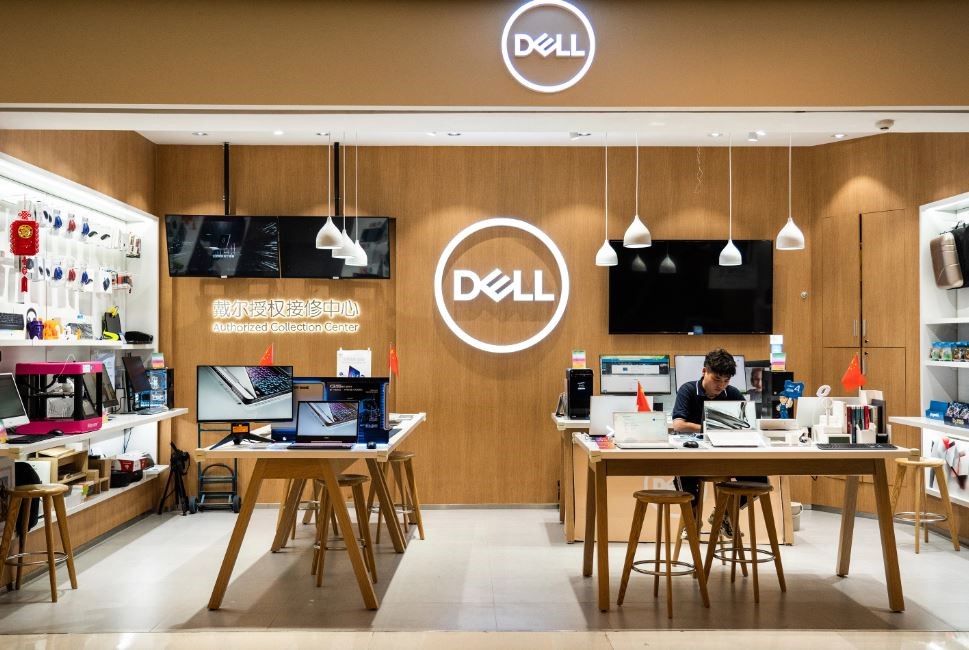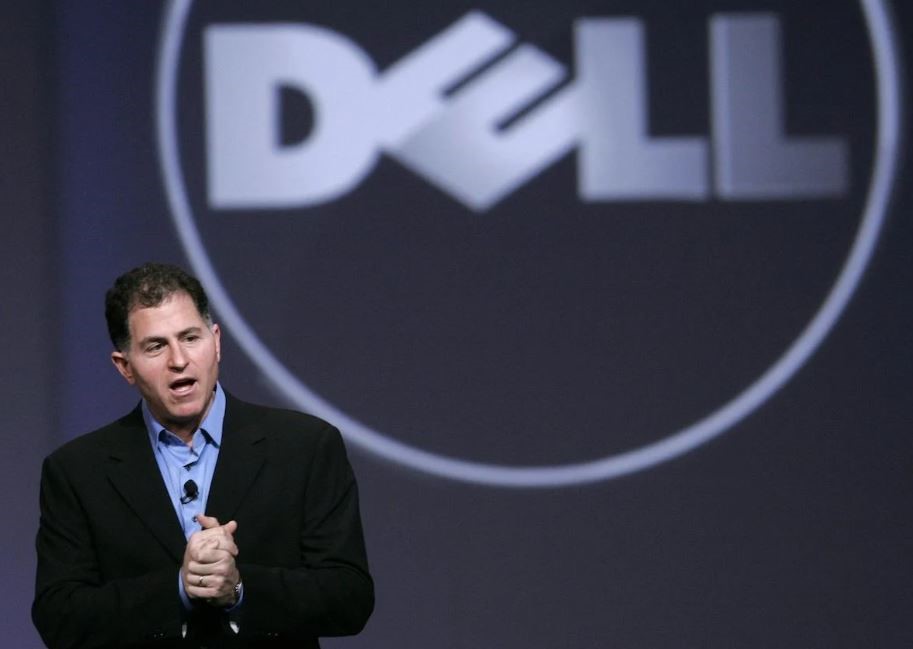Dell is a leading provider of technology products and services, and is one of the largest technology companies in the world. Let’s find out the Dell founding date and how this gient has grown over the time.
Dell founding date – How it all started
While a student at the University of Texas at Austin in 1984, Michael Dell created Dell Computer Corporation, doing business as PCs Limited. The firm was run out of Michael Dell’s dorm room at the Dobie Center. And it offered IBM PC-compatible computers made using off-the-shelf parts.

Dell founding date – How it all started
Michael Dell began his business with the idea that by dealing directly with consumers. Therefore, PCs Limited would be better able to comprehend their needs and offer the most suitable computing solutions.
After receiving roughly $1,000 in expansion funding from his family, Michael Dell left the University of Texas at Austin after his first year. He then devoted himself full-time to his startup company. And Michael Dell’s net worth was projected to be above $50 billion as of April 2021.
Essential things you should know about the company
With a market share of more than 15% worldwide, Dell Inc., is long the biggest direct-sale computer vendor. It is now also the top seller of computer systems.
Dell sells a wide range of computer hardware and software, including desktop and laptop computers, network servers, workstations, mobile devices, monitors, printers, high-end storage systems, and a number of computer accessories.

Essential things you should know about the company
Since the Dell founding date, the company has expanded into the consumer electronics market as well, selling projectors, LCD televisions, and other items. The majority of the items Dell offers are made by the company. And there are six production sites globally in Austin, Tennessee; Nashville; Eldorado do Sul; Limerick; Penang; and Xiamen.
The Americas contribute almost two-thirds of sales, with Europe, the Middle East, and Africa accounting for 22%. And the Asia-Pacific area accounts for the remaining 11%.
Dell distributes its equipment directly to customers, small to big organizations, government agencies, healthcare and educational institutions, and healthcare and educational institutions through specialized sales reps, phone-based sales, and online via the corporate website.
Dell attempts at diversification
The debut of Apple’s iPad tablet computer harmed Dell and other major PC producers, as buyers shifted away from desktop and laptop computers. Dell’s mobility business has had little success building smartphones or tablets that run Windows or Google Android. The Dell Streak was a failure owing to its old operating system, numerous flaws, and poor resolution screen.
According to InfoWorld, Dell and other OEMs perceived tablets as a short-term, low-investment possibility running Google Android. It is a strategy that ignored user interface and failed to acquire long-term consumer market momentum. Dell’s response has been to push higher-end PCs, such as the XPS line of laptops. But this do not compete with Apple’s iPad and Amazon’s Kindle Fire tablets.

Dell attempts at diversification
Dell tried to diversify into the corporate market with servers, networking, software, and services. The company tries to counteract its decreasing PC sector, which yet made up half of its total revenue and generated constant cash flow. It did not have as many acquisition write-downs or management changes as its main rival, Hewlett Packard.
Dell also had some success building strong customer connections and creating customized solutions for them. The business spent $13 billion on acquisitions to diversify its portfolio beyond hardware. But while doing so, it was unable to persuade the market that it could survive or change in the post-PC era. And both its revenue and share price continued to fall.
Prior to sales and profit declines, Dell’s market dominance in the corporate sector since the Dell founding date, served as a “moat” against competitors, but this is no longer the case.








